Can SAIC right Audi's electric vehicles?
![]() 09/29 2024
09/29 2024
![]() 498
498
Recently, Audi and SAIC's latest cooperation project has attracted widespread attention. It is reported that the first model to be jointly developed by the two parties may be a B-class pure electric vehicle, which will be unveiled in November and officially launched in 2025. According to information, the internal code name of the vehicle (purple427) will be developed primarily by the Chinese team. Industry insiders in related supply chains indicate that Audi and SAIC's project will fully utilize SAIC's supply chain.
On May 20, 2024, Audi and SAIC Motor jointly announced that following the signing of a memorandum of understanding to deepen strategic cooperation last July, the two parties have officially signed a cooperation agreement to jointly develop high-end smart electric vehicles for SAIC Audi. Nowadays, the way of cooperating with international brands has undergone tremendous changes, with Chinese teams taking the lead in development. According to plans, the first batch of models will only be launched in the Chinese market.
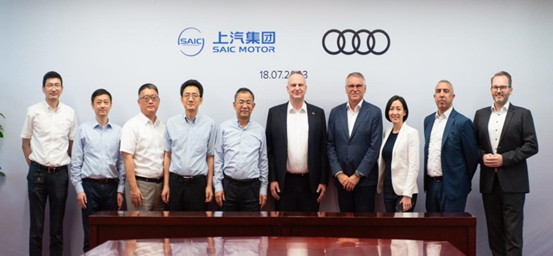
Currently, the rise of China's new energy market has attracted the attention of many international auto giants. Many joint ventures have chosen to cooperate with Chinese independent brands, such as Volkswagen and Xpeng reaching a technical cooperation framework agreement; Stellantis Group investing in Leapmotor; Mazda and Changan Group jointly launching the EZ-6 model; Mercedes-Benz and Geely forming a global joint venture for the smart brand, "Smart Auto Co., Ltd."; BMW Mini and Great Wall forming the Beam Auto Co., Ltd., and more.
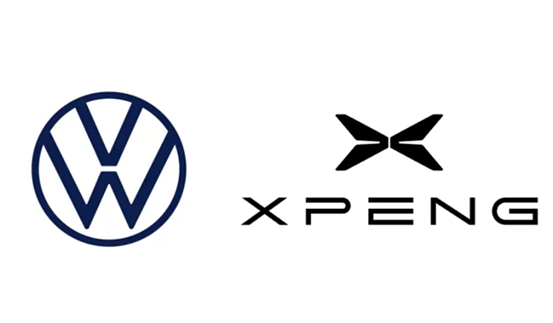
Not long ago, after investigating the Chinese market, Ford's CEO stated, "Coming to China, I realized we are already behind." Coincidentally, the Japanese disassembled a BYD Dolphin and wrote a disassembly guide. The fact that American and Japanese automakers are so nervous about this shows the uniqueness of China's independent brand new energy vehicles.
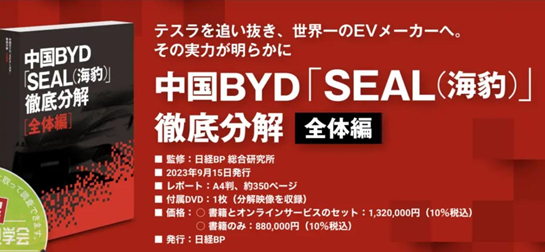
In the current market situation, Audi is ready to walk on two legs.
On the one hand, the PPE luxury pure electric platform jointly developed with Porsche is a key driver for Audi to continuously expand its global pure electric vehicle lineup. On the other hand, the cooperation with SAIC Group is also expected to facilitate information exchange with Chinese partners, further enhancing Audi's product competitiveness and influence in the Chinese market. The new Audi-SAIC vehicle will maintain Audi's authentic genes and leverage China's smart driving supply ecosystem with an open attitude to achieve the level of "mainstream" smart driving among new forces. This is also the original intention of Audi and SAIC in jointly developing new energy vehicles.
For Audi, SAIC is an excellent partner. It has a dedicated Nebula pure electric platform, semi-solid batteries, and the Green Core 2.0 electric drive system, as well as luxury vehicles like IM to serve as a product foundation. Collaborating with SAIC means significantly shortening the product development cycle and ensuring relatively stable production speed and quality within the entire vehicle supply chain system.
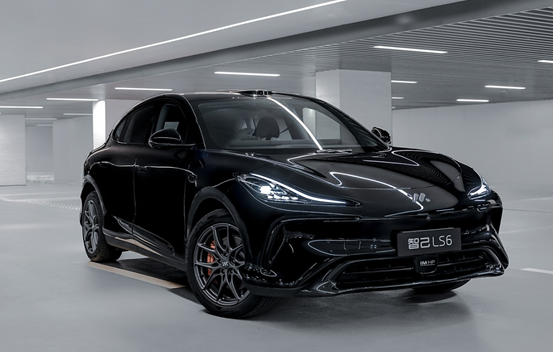
But having said that, even if Audi uses SAIC's development team and supply chain, it may not immediately yield results.
In the current market, Huawei and Tesla occupy a solid position in the first tier of electric vehicle hardware and software technology. SAIC's new energy vehicles are not leading in terms of sales or technology. In terms of market popularity, brands like Tesla, NIO, Zeekr, and BYD all have their distinct selling points and maintain high market enthusiasm. In contrast, Audi's halo effect from its fuel-efficient luxury vehicles has diminished for new products. In the new energy vehicle sector, Audi's brand is no longer an added bonus; on the contrary, under the impact of new forces in the automotive industry, it may even become a detractor. Highlighting brand strengths and promoting new selling points are the key issues Audi and SAIC should consider.
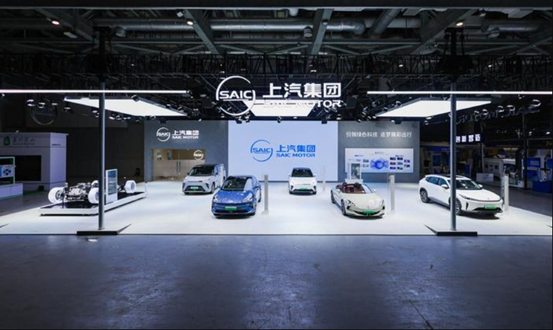
Pricing the new product has also become a significant challenge for Audi. Currently, the price war in the Chinese market is raging, and no one can afford to withdraw from this battle. BMW is a prime example, announcing its withdrawal from the price war just a month ago but not raising prices much, resulting in a near-halving of sales. BMW soon found it unsustainable and chose to return to the price war. IM, a subsidiary of SAIC, has not been doing well in sales recently. While mass-market models can still maintain monthly sales of around 3,000 units, high-end models have not fared as well, recently only maintaining sales of around 300 units. This shows that setting a low price may not yield much profit, while a slightly higher price may lead to poor sales.
After entering the new energy era, sales of electrified luxury brands have not been good, indicating that luxury brands have lost their brand premium. Earlier this month, Song Feiming, CEO of Audi and SAIC's cooperation project, told reporters in an interview that the new car would offer a "sincere" price.
(Images sourced from the internet, please remove if infringing on copyright)







